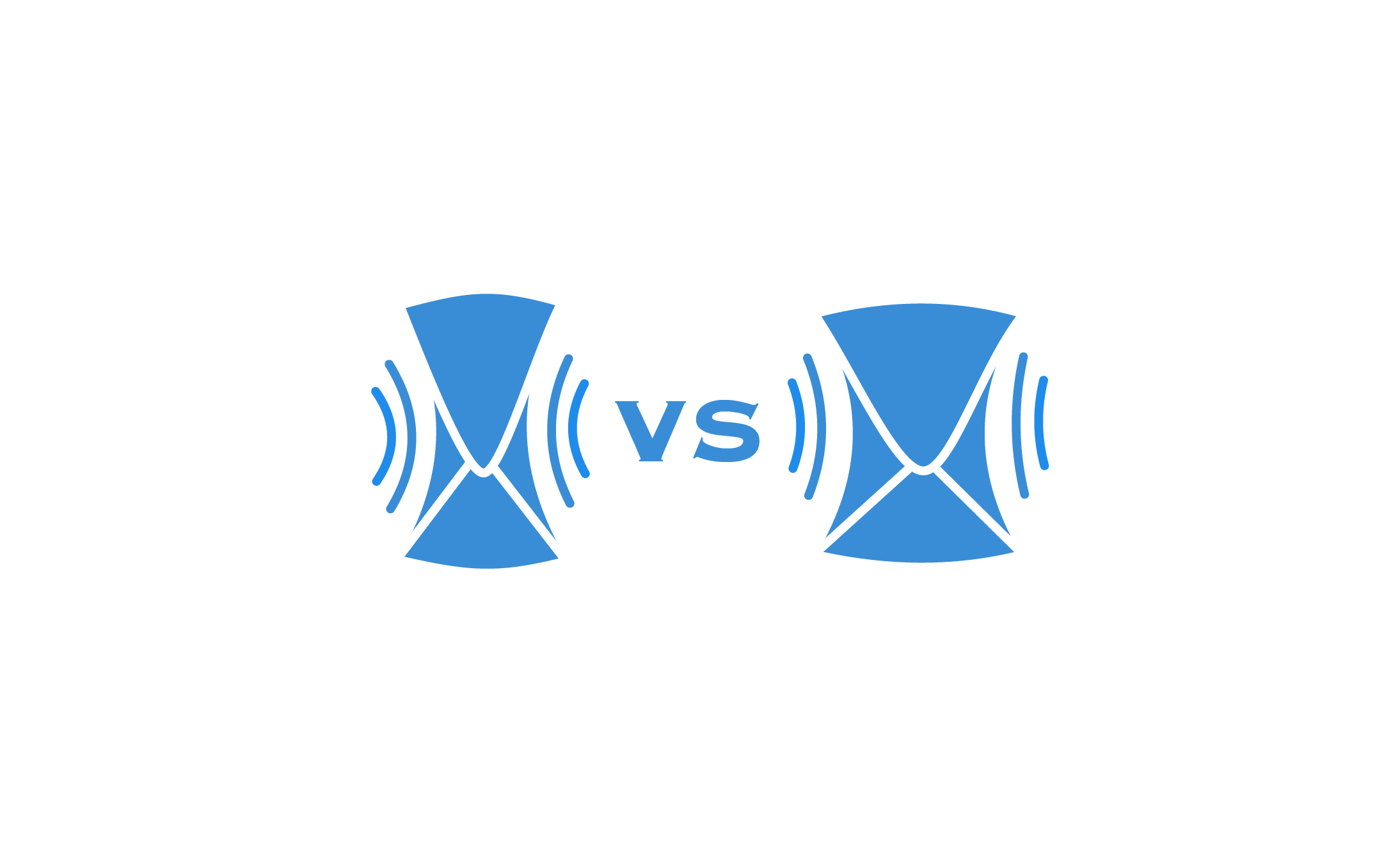What’s the difference between Hard Bounces and Soft Bounces?
Navigating marketing jargon is not an easy feat, especially at the beginning, so here is a simple explanation.
Hard bounces are Permanent. Hard bounces = bad.
Soft bounces are Temporary. Soft bounces = not so bad, but not good either.
When do they happen?
Hard Bounces happen when the recipient’s email has:
- a. Incorrect identifier (i.e a typo, or an altogether fake, non-existent identifier)
- b. Incorrect domain
- c. A server on the recipient’s side that accept emails
People leave jobs and their emails are being disabled. Companies change their domains, merge, are being acquired, or go out of business and the email domains are being changed and/or disabled. These events happen every day. Email lists are as lively as they can be. As a business, sending out email campaigns (newsletters etc) to invalid email addresses and receiving back many Hard Bounces damages your IP reputation. A lower IP reputation triggers the ISP to direct all the campaigns sent by you to the receivers' Spam folder, with minimal chances to ever be opened.
Soft Bounces happen when the recipient’s email has:
- a. A full Inbox
- b. A limit on the size of emails that it is able to receive (and the email you are sending is bigger than the said limit)
- c. A block set up on emails coming from you because many other users marked your emails as ‘spam’
- d. A block set up on emails coming from you because you have been added to the recipient’s blacklist
- e. A temporary suspension of the recipient’s email (i.e. the email has been temporarily suspended)
- f. A temporary error on receiver’s email server.
There is no magic formula for soft bounces (yet), although we are working on one. Until then, you need to keep an eye on the soft bounces, record how many times an email bounces from a particular email for ‘soft’ purposes and remove them after 2-3 bounces.
Overall, it is highly recommended to keep your total bounce rate under 2% to maintain a high IP reputation.
Now for the practical part.
I have a high bounce rate. How do I remove bounces?
Don’t panic, email cleaning is the type of practice that you learn as you progress with your business. Most new marketeers or new business owners discover this as they go along the way.
Removing your bounces is an easy job for a pretty smart algorithm like ours. All you need to do is submit your list and let us do the job. We will notify you once it’s completed.
If you would like to find out how we clean your emails, check this out.
If you have questions about how to use RemoveBounce, check this out.
However, if you have any questions or just feel chatty, feel free to drop us a message on the chat and we’ll be happy to assist.

